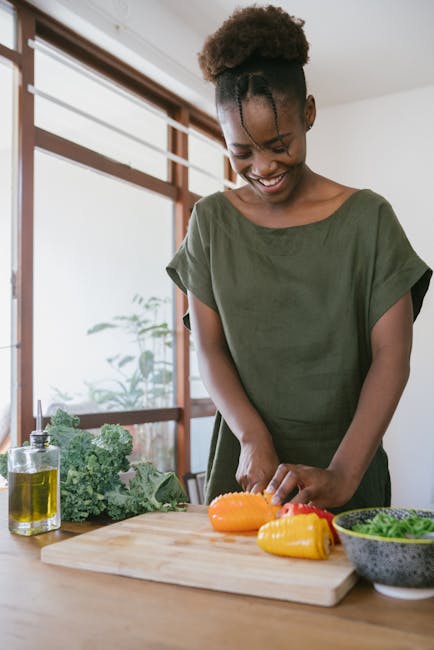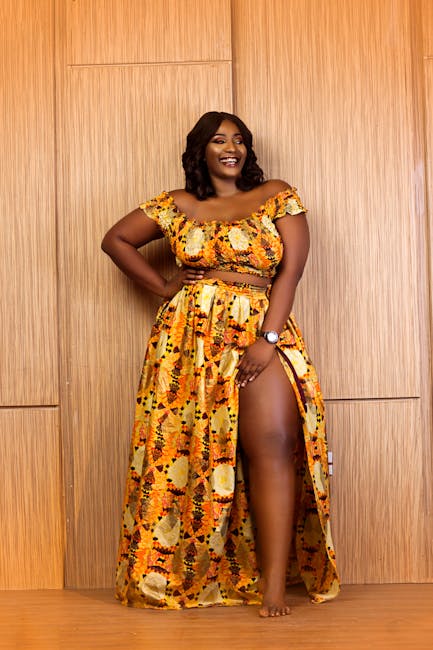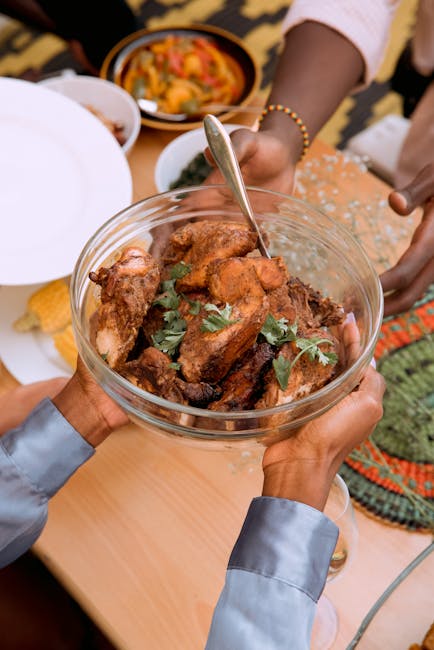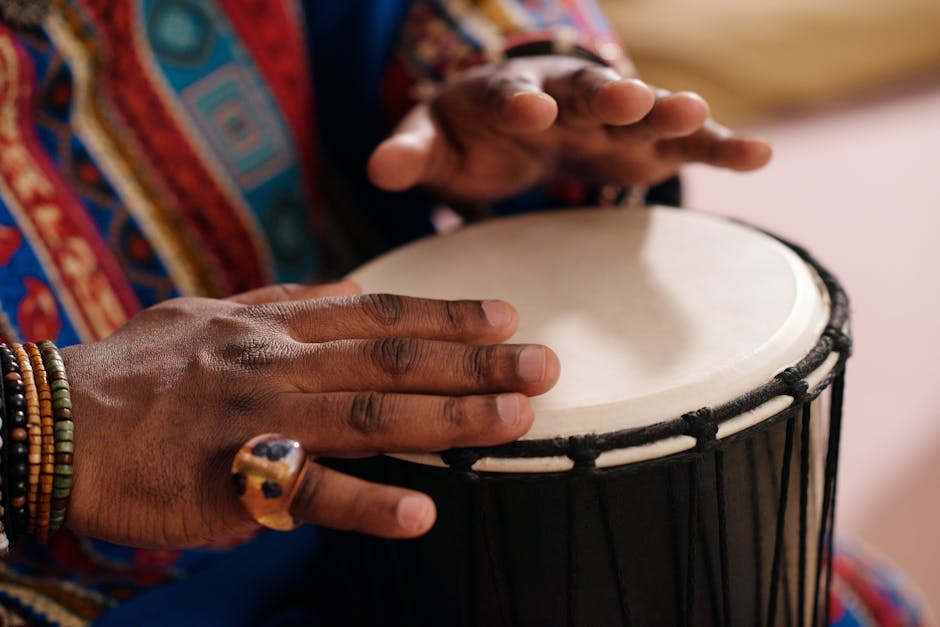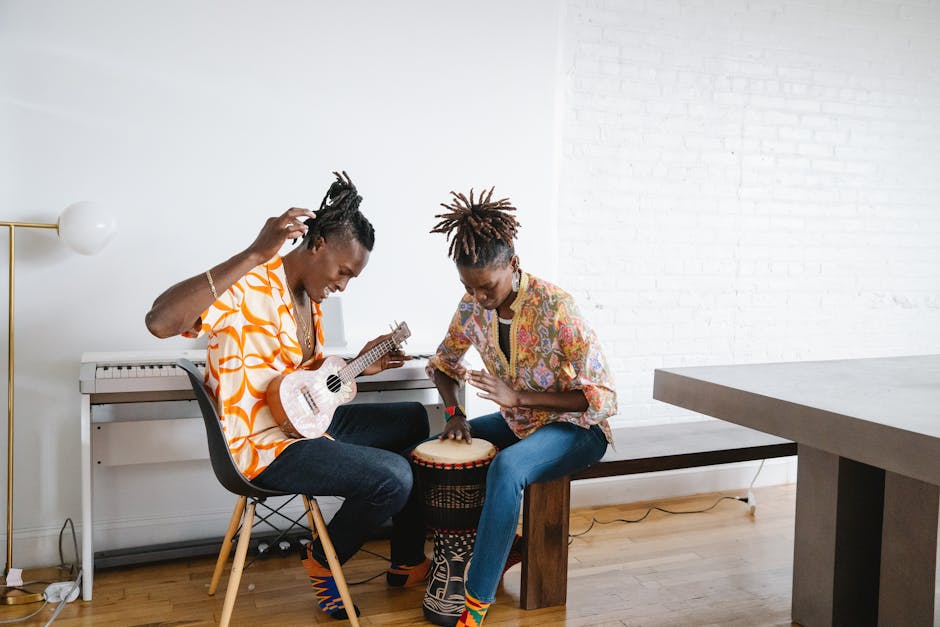https://www.youtube.com/embed/h8HbobYA7Ww
11 Traditional African Clothing That Identifies African Tribes At A Glance If you've ever attended a traditional African event, you'll notice that one of the first things you'll notice is the elegant and colorful display of traditional African clothing. This frequently adds color and elegance to already vibrant scenes. Traditional African clothing is one of the most visible if not the most visible representations of the continent's rich cultural heritage and diversity. Different ethnic groups on the continent have distinct traditional African clothing. These clothes are mostly worn for special occasions, traditional festivals, and special events. However, some innovative designers are now fusing traditional African clothing with other materials to create one-of-a-kind designs. As a result, some previously traditional African garments are becoming commonplace. Stay with us on Africa Reloaded As we take you through 11 traditional African clothing that identifies African Tribes at a glance. Please make sure to like and subscribe to Africa Reloaded. 11. Toghu/Atoghu The Toghu or Atoghu is a traditional costume worn by the Bamileke people of North-Western Cameroon. Traditionally, only men and women of royalty wore the Toghu as a symbol of traditional superiority over commoners. It is also a traditional outfit for investitures, coronations, and other festivals.
Toghu's design is embroidered with vibrant patterns. It's made of a velvety black fabric. Toghu has gone global since the turn of the century, as more African Americans trace their ancestors back to Cameroon. 10. Isiagu The Igbo people of South-East Nigeria are the originators of the Isiagu. 'Isiagu' literally means 'the head of a leopard.' The cloth, however, has the head of a lion, which will surprise you. The lion, it seems, has taken over the leopard's totem. The Isiagu combines a silk fabric with a lion's head emblazoned in a specific pattern. It is a long, loose-fitting top that is typically worn over black pants or knitted wrappers tied around the waist. Surprisingly, the Isiagu is also regarded as a status symbol among Igbo men.
It is worn for formal occasions such as coronations, traditional meetings, and Chiefs' funerals. 9. Isidwaba Isidwaba is a traditional Zulu dress. Isidwaba, also known as Isikhakha, is a traditional Southern African skirt worn by betrothed or married women. It is typically made of genuine leather, which can be cowhide or goatskin. The lady dresses it up with bright mat-like fabric. Since its inception in the nineteenth century, Isidwaba has retained its form and design among the Zulus. Traditionally, fathers of brides give their daughters Isidwabas from the cow the bride receives during her coming-of-age ceremony. 8. Dashiki Dashiki is an African traditional garment worn by the Ewe people of Ghana.
They are also brightly colored garments that cover the upper body. Dashiki is a Unisex loose-fitting shirt with an embroidered V-shaped collar that can be long or full-sleeved. They also come in a variety of colors and shapes. Ghanaians typically wear Dashikis with drawstring pants for both formal and informal occasions. Although they were once popular in Ghana and a few other West African countries, Africans and Blacks in the West now wear them. 7. Shuka Shuka is a traditional African garment worn by the Maasai people of Tanzania and Kenya. The 'African Blanket,' as it is commonly known, is red with black stripes. Prior to the Scottish colonization of Tanzania and Kenya, high-ranking community members wore Shuka as a traditional garment. It is now popular as urban wear as well.
Workers wear a variation of this traditional attire to their workplaces. Originally, only the Maasai wore the Shuka. However, this traditional African cloth is gaining popularity all over the world. 6. Djellaba A jillaba, also known as a Djellaba, is a long, loose-fitting unisex robe. It is typically full-sleeved and is popular in North Africa's Maghreb region. Wool has traditionally been the primary material used in the creation of djellabas.
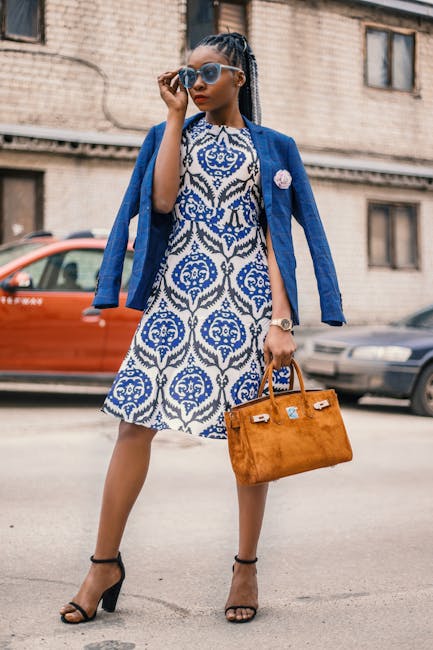
However, lightweight cotton djellabas have recently become fashionable. Djellabas frequently sweep the ground. Lightweight variants, on the other hand, are frequently slimmer and shorter. For religious festivals and other occasions, men wear light-colored Djellabas with an Arab fez hat and babouche footwear. 5. Habesha Kemis Habesha Kemis is now a popular style in Africa. The Habesha Kemis is traditional African clothing worn by the Habesha women of Addis Abeba, Ethiopia. Habesha Kemis is a robe that typically extends from the neck to the ankles. Ethiopian and Eritrean women look stunning at formal events and on vacation. It is now available in a variety of styles, including short and long sleeves. It is usually made of cotton fabric and comes in grey, beige, or white. 4.
Kanzu Kanzu dresses are worn on special occasions. Kanzus are white or cream African traditional garments worn by men in the Great Lakes region of Africa. Burundians, Congolese, Ethiopians, Kenyans, Malawians, Rwandans, Tanzanians, and Ugandans are among them. The English call it a tunic, while the Arabs call it a thawb. It is particularly fashionable in Uganda, where men wear it to weddings and festivals. "Men of culture" wear the Kanzu to project authority and sophistication. 3. Boubou The Boubou is a traditional Senegalese robe worn by both men and women throughout Africa. It is usually sewn from a single piece of fabric and is about 150cm wide with varying lengths depending on the wearer's height and preference. There's also the grand Boubou, which uses 300 cm-long fabrics and reaches to the ankles. Designers traditionally make boubous by folding the fabric in half, cutting a neck opening, and sewing up the sides halfway up to create flowing sleeves along the sides.
The female neck is rounded and large. Men, on the other hand, have long, V-shaped beards. 2. Iro ati Buba Iro and Buba (also known as Iro ati Buba) are Yoruba women from Nigeria. The original dress is made up of five pieces. The Iro is a large wrapper that is tied around the waist. A buba is a loose blouse worn on the upper body. Gele is a head tie worn by Nigerian women all over the world. The Pele is a short fabric that is tied around the waist on top of the Iro. The Iborun is a scarf worn over one's left shoulder. Trendsetters, on the other hand, are abandoning the Pele and Iborun in favor of other fabrics such as lace, cotton, or chiffon. 1.
Kente Kente is a type of unisex traditional African clothing that originated among Ghana's Ashanti and Ewe people. It is made of silk and/or cotton cloth strips that are designed to fit the patterns of the cloth. Despite technological advances, native Ashantis continue to weave Kente clothes by hand. Ghanaian royals used to wear the fabric in a toga-like fashion. However, due to the popularity of Kente patterns, Kente print has grown in popularity in Asia and the West. Fortunately, you no longer need to travel to Ghana to obtain kente fabric. You can get kente fabrics no matter where you live. Fabrics used to make traditional African clothing vary by region. While Sahelian Africans prefer cotton Boubous, Northern Africans naturally make silk Boubous. African clothing is made primarily of silk, cotton, and chiffon. The preferred fabric is sometimes determined by what is readily available in each region. Please like and subscribe if you enjoyed the video..

